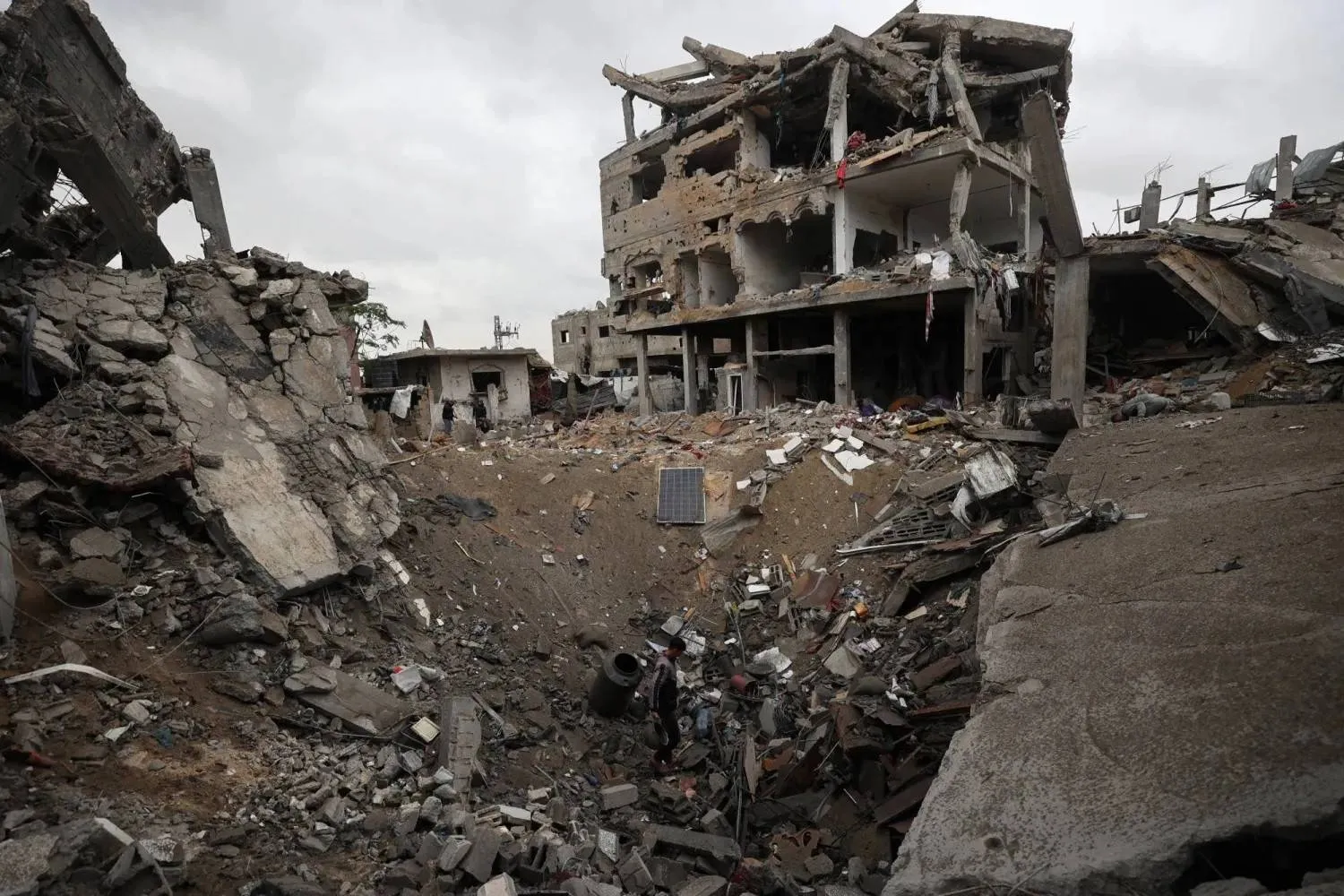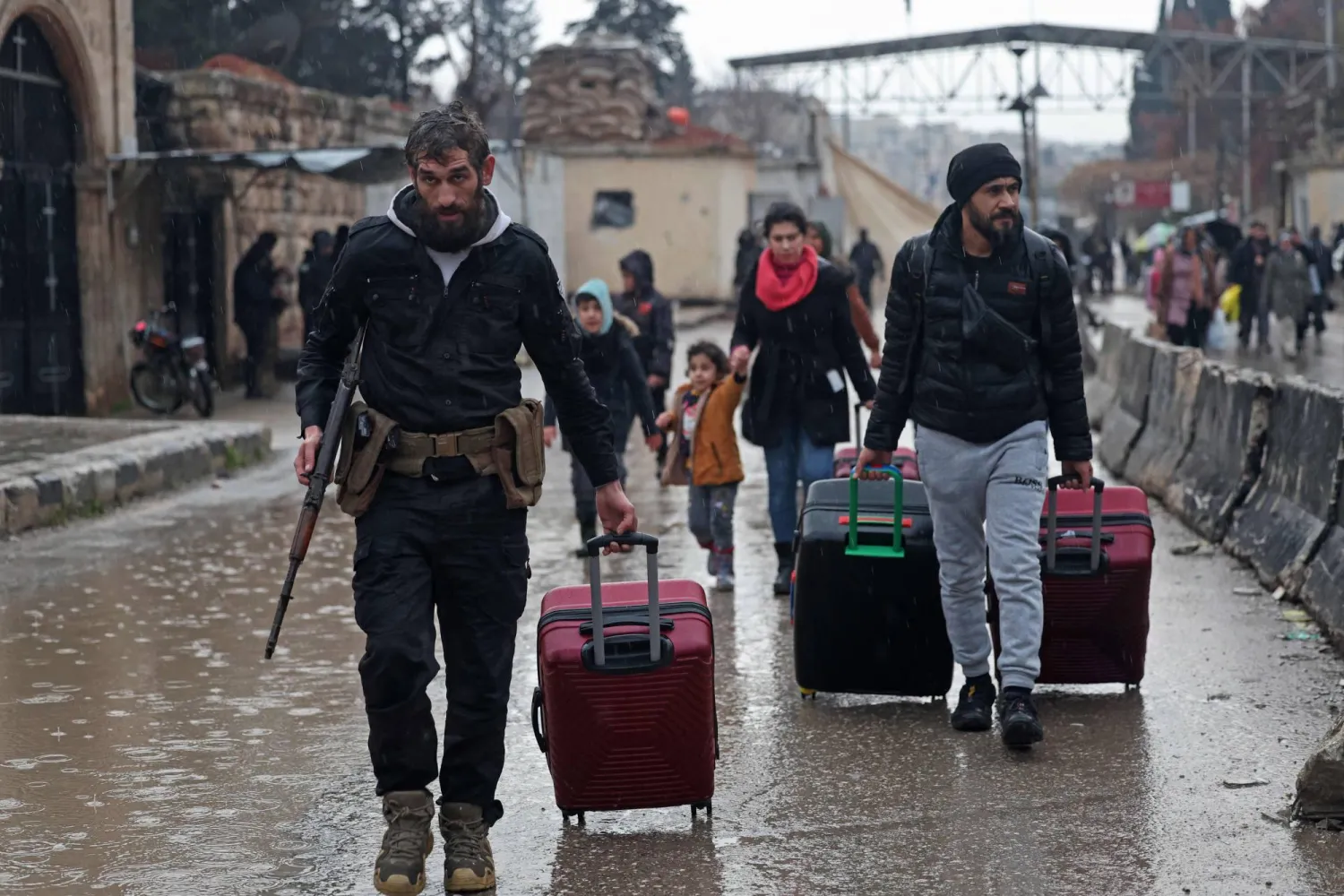As Yemen’s government, led by the Presidential Leadership Council, moves to consolidate military and security authority in the south under the defense and interior ministries, it is seeking to contain the fallout from recent turmoil, prevent a return to rebellion, and avert a slide back into violence.
At the same time, political and social forces across the south face mounting pressure to revive a stalled political process capable of delivering practical and equitable solutions to crises, foremost among them the southern issue.
Recent developments, foremost among them the dissolution of the Southern Transitional Council itself, which occurred days after its head, Aidrous al-Zubaidi, fled Yemen have brought about a shift in the political and security power balances.
They have opened the way for a phase marked by the absence of major divisions, allowing space for calm arrangements and dialogue, with focus on the southern issue, amid fears of renewed unrest.
While Zubaidi’s exit and the folding of the Southern Transitional Council mark the end of a project that lasted more than eight years before sliding into chaos and violence in recent weeks, the legitimate government and the Saudi-led Arab coalition have shown significant flexibility toward its leaders.
Atiq Bahuqayba, a leader in the Socialist Party in Hadhramaut, has called for the implementation of what Rashad al-Alimi, chairman of the Presidential Leadership Council, stated during his visit to Hadhramaut in mid-2023, when he promised that the province would manage its own affairs fully.
Flexible governance
No southern settlement can pass without Hadhramaut playing an active role and having the most prominent voice in shaping it, especially in light of the events and developments it has witnessed, which explains the intensified political and security activity there in recent weeks.
Bahuqayba told Asharq Al-Awsat that the Hadhramaut Tribes Alliance remains committed to self-rule for the province, describing it as one of the core demands of its residents and its various political and social forces.
He said recent events involving forces from outside the province nearly dragged it into security and military chaos, were it not for the firmness of presidential decisions and Saudi intervention.
He added that the southern dialogue conference called for by Riyadh carries major importance for Hadhramaut and the south at this sensitive juncture, requiring all Hadhrami forces to participate effectively, while aligning with the local authority led by Governor Salem al-Khanbashi and the commander of the Nation Shield Forces in the province.
Once again, following the dissolution of the Southern Transitional Council, the southern issue has been returned to the fore. It opens the door to tangible gains on the ground, provided there is southern leadership capable of managing reality rather than retreating into violent rhetoric.
Developments over the years in Yemen have shown that engaging seriously with southern demands is more effective than ignoring or confronting them. Flexible governance enables stability and prevents the opening of new fronts, without undermining calls for justice and fairness.
Ali al-Khawlani, a Yemeni academic and political researcher, told Asharq Al-Awsat that the opportunity is now available for political action away from unilateral actions, after recent events demonstrated that there would be no tolerance for attempts to divide Yemen or for practices that harm the national security of neighboring countries, particularly those resembling the behavior of the Houthi group, which required a forceful response.
Al-Khawlani, who heads the Independent Yemeni Center for Strategic Studies, said that the dissolution of the Southern Transitional Council, following its leaders' agreement to participate in a south-to-south dialogue, places all southern forces under the responsibility of participating in decision-making.
He warned against any adventurism that could harm regional security or involve cooperation with forces seeking to sow chaos and instability.
Promoting a model
Political and social forces in Hadhramaut have pushed toward formulating solutions that are more sustainable, rejecting both the dismantling of the Yemeni state and a full return to pre-war centralization.
This has been prompted by calls for self-administration in southern provinces, led by the country’s largest province.
Hadhramaut plays a pivotal role in the country’s future, both generally and in the south in particular, as the province that has seen more stability than others during the war, despite complex circumstances. It is also the most attractive to governance models that move away from rigid centralization.
Ahlam Jaber, a political activist in the city of Mukalla, expects the upcoming dialogue conference in Riyadh to lead to a reordering of the southern political landscape on fair foundations that recognize realities on the ground, with Hadhramaut playing an effective role.
Jaber told Asharq Al-Awsat that Hadhramaut represents a model that could extend to other provinces, not only in the south, but across Yemen.
This, she said, would help untangle long-standing challenges and adjust approaches to managing crises. She pointed to the presence of a local authority that represents the province, a tribal alliance with significant social and security influence, as well as social, economic, academic, and administrative figures capable of shaping visions and setting strategies.
The post-Southern Transitional Council phase does not represent a political vacuum, but a repositioning. Backed by the firmness of the legitimate authority and support from the Saudi-led coalition, the south is moving toward a phase of stability that awaits a political resolution and a comprehensive settlement without renewed security tensions.









